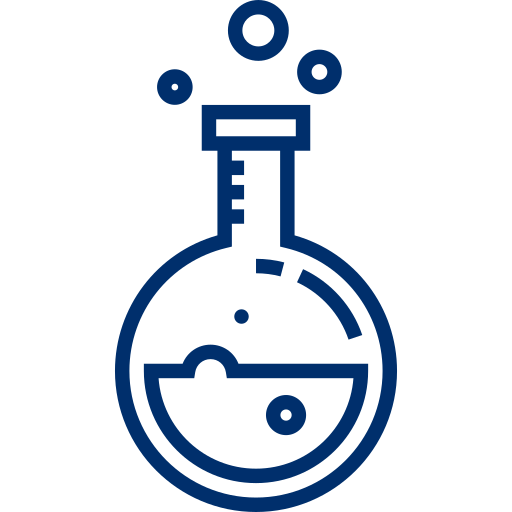- What We Do
- Agriculture and Food Security
- Democracy, Human Rights and Governance
- Economic Growth and Trade
- Education
- Environment and Global Climate Change
- Gender Equality and Women's Empowerment
- Global Health
- Humanitarian Assistance
- Transformation at USAID
- Water and Sanitation
- Working in Crises and Conflict
- U.S. Global Development Lab
Speeches Shim
DIVidends: A Decade of Innovation ![]() (pdf - 2 MB)
(pdf - 2 MB)
Development Innovation Ventures (DIV) provides grant funding to innovators and researchers to test new ideas, take strategic risks, build evidence of what works, and advance the best solutions.
DIV’s tiered-funding model embraces risk at early stages and mitigates risk at later stages, ensuring that funding is targeted to the most cost-effective innovations that can improve people’s lives.DIV takes a broad approach to innovation; innovations can be business models, products, behavioral interventions, applied research, or replications of proven innovations in novel environments.
DIV's Core Principles
DIV’s approach is centered around our three core principles: evidence of impact, cost-effectiveness, and scale. DIV assesses each applicant through the lens of these principles, commensurate to the stage or type of funding sought.
|
Rigorous Evidence |
Cost-Effectiveness |
Pathways to Scale |
| Evidence of clear and measurable outcomes helps demonstrate what is and is not working or whether there is market demand for innovations that have been shown to improve the lives of the poor. By funding evidence generation, DIV helps prove out new solutions to development challenges. By relying on rigorous evidence, DIV ensures that its funds are increasingly invested in the most impactful and scalable solutions. | DIV invests in solutions that have the potential to provide the greatest impact for every dollar spent. An innovation's competitive landscape encompasses not only other types of the same product or service but also any alternatives targeting the same development outcomes. A cost-effective solution is better, faster, cheaper, or more impactful at a given cost than its alternatives. | DIV’s ultimate goal is to support impactful development solutions that will scale to improve the lives of at least a million people while being financially sustained via the market or public sector. DIV recognizes that innovations can take a variety of pathways to scale but expects that they will be financially sustainable and ultimately grow without continued DIV support |
DIV's Funding Approach: Tiered Stages
DIV uses a tiered-funding model to maximize impact per dollar spent. We invest small amounts in a variety of relatively unproven ideas and make large investments only in those ideas that demonstrate rigorous evidence of impact, cost-effectiveness, and the potential to scale and be sustained via the market or public sector.
Our funding is focused on outcomes, not inputs; this outcomes-based funding enables grantees to adapt and grow under changing circumstances to achieve the greatest impact.
DIV provides funding in three tiered stages and also provides funding for researchers seeking to generate rigorous evidence. Organizations should apply to the level that best matches their current scale and evidence base of impact and cost-effectiveness. Organizations may apply again for the same level of funding or another level of funding.

Stage 1: Pilot (Up to $200,000)
Stage 1 grants support innovation pilots in developing country contexts. Stage 1 innovations are early in their development and require testing to understand user demand, feasibility, impact, and financial viability. Innovations at this stage must be post-prototype or -ideation. While an approach to monitor impact is necessary at this stage, a rigorous impact evaluation methodology is not required.

Stage 2: Test and Position for Scale (up to $1,500,000)
Stage 2 grants support rigorous testing to determine impact or market viability. Public sector innovations at this stage should demonstrate rigorous evidence of causal impact and cost-effectiveness or use DIV funding to build such evidence. Stage 2 funding can support impact evaluations, further market testing, strengthening business or delivery models for scale, or operational expansion for innovations that have already conducted successful pilot testing.

Stage 3: Transition to Scale ($1,500,000 to $5,000,000)
Stage 3 grants transition proven approaches to widespread scaling in new contexts or new geographies. Applicants should have demonstrated evidence of commercial viability or rigorous evidence of impact and cost-effectiveness at the Stage 2 level and must leverage additional external funding or partnership.

Evidence Grants: (Up to $1,500,000)
Evidence Generation grants support research and evaluations of widely-used development approaches that lack sufficient evidence of impact and cost-effectiveness. Evidence Generation awards support impact evaluations, including randomized controlled trials and, if appropriate, quasi-experimental methods.
Find more information on our funding stages and core principles in our Annual Program Statement.
This video offers highlights from “A Conversation with Nobel Laureate Dr. Michael Kremer, Co-Founder and Scientific Director of USAID's Development Innovation Ventures” at the Ronald Reagan Building on February 3, 2020.




Comment
Make a general inquiry or suggest an improvement.